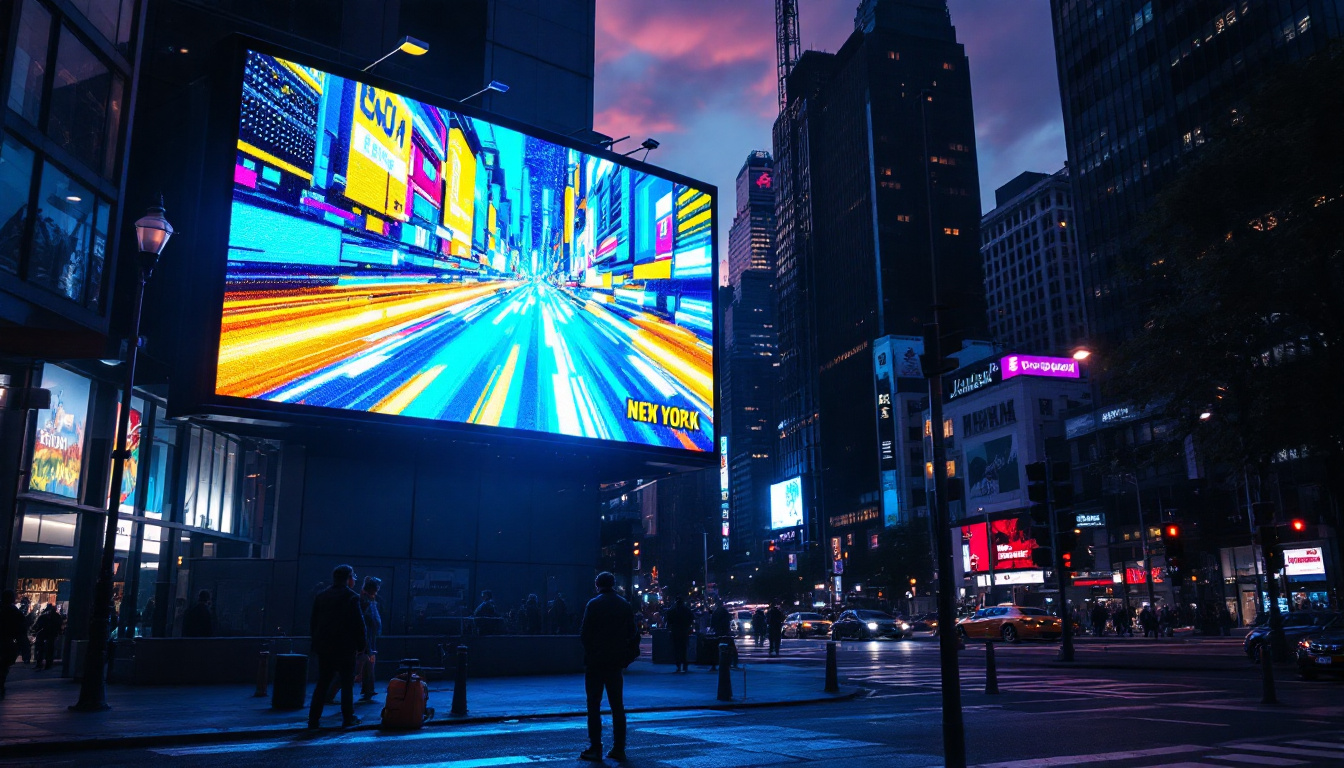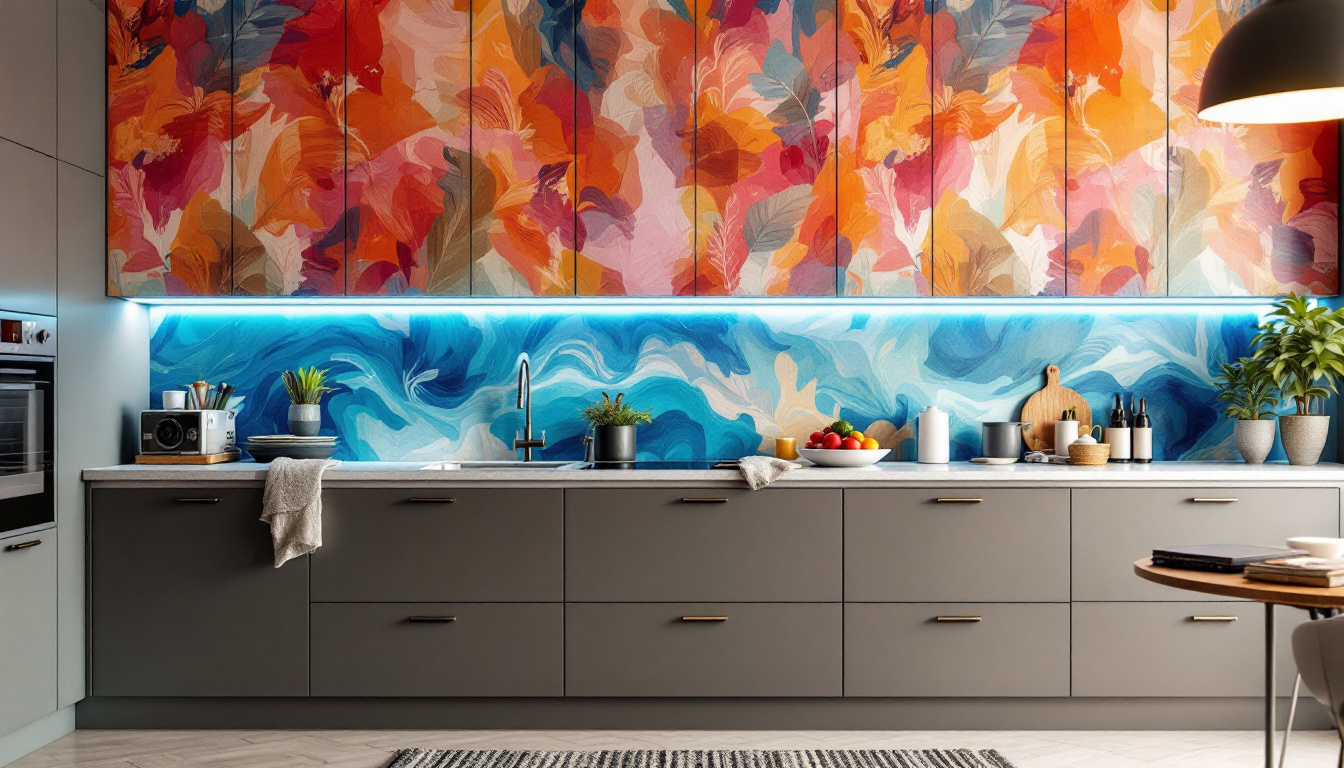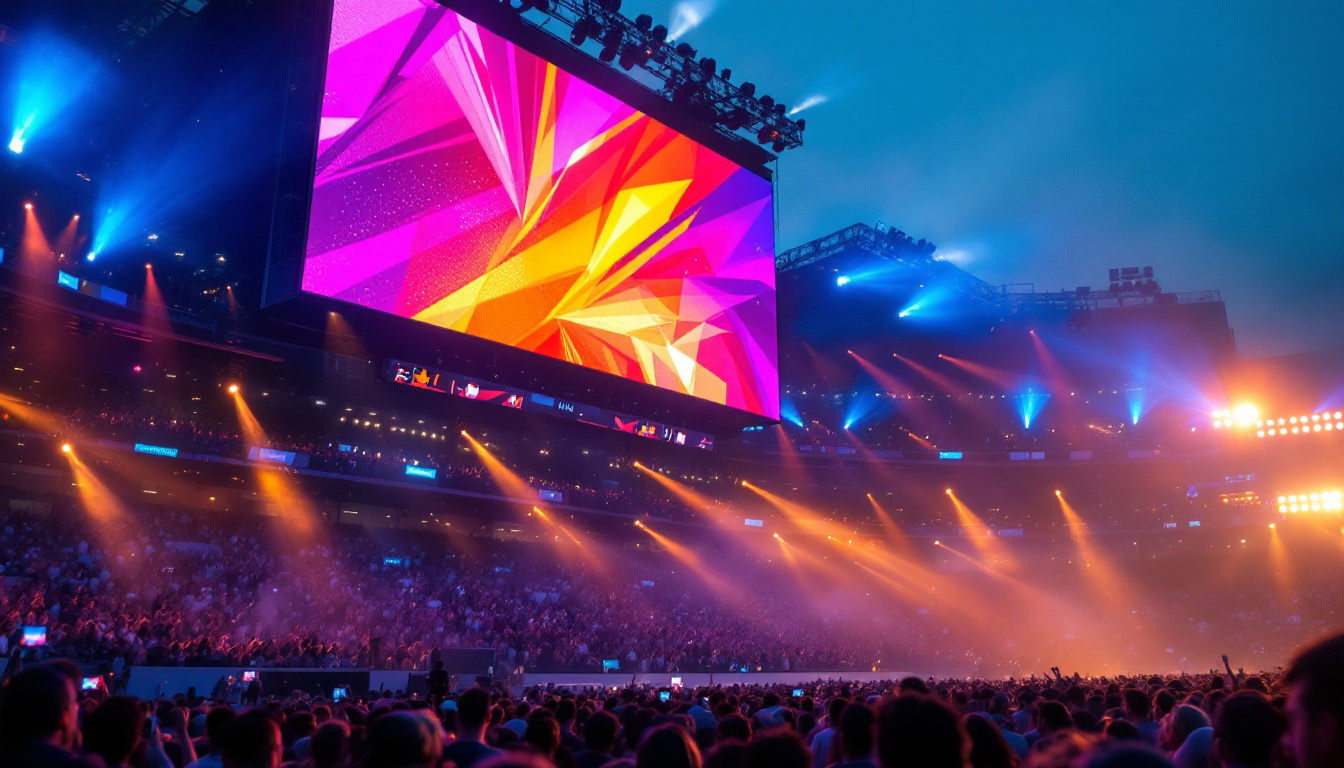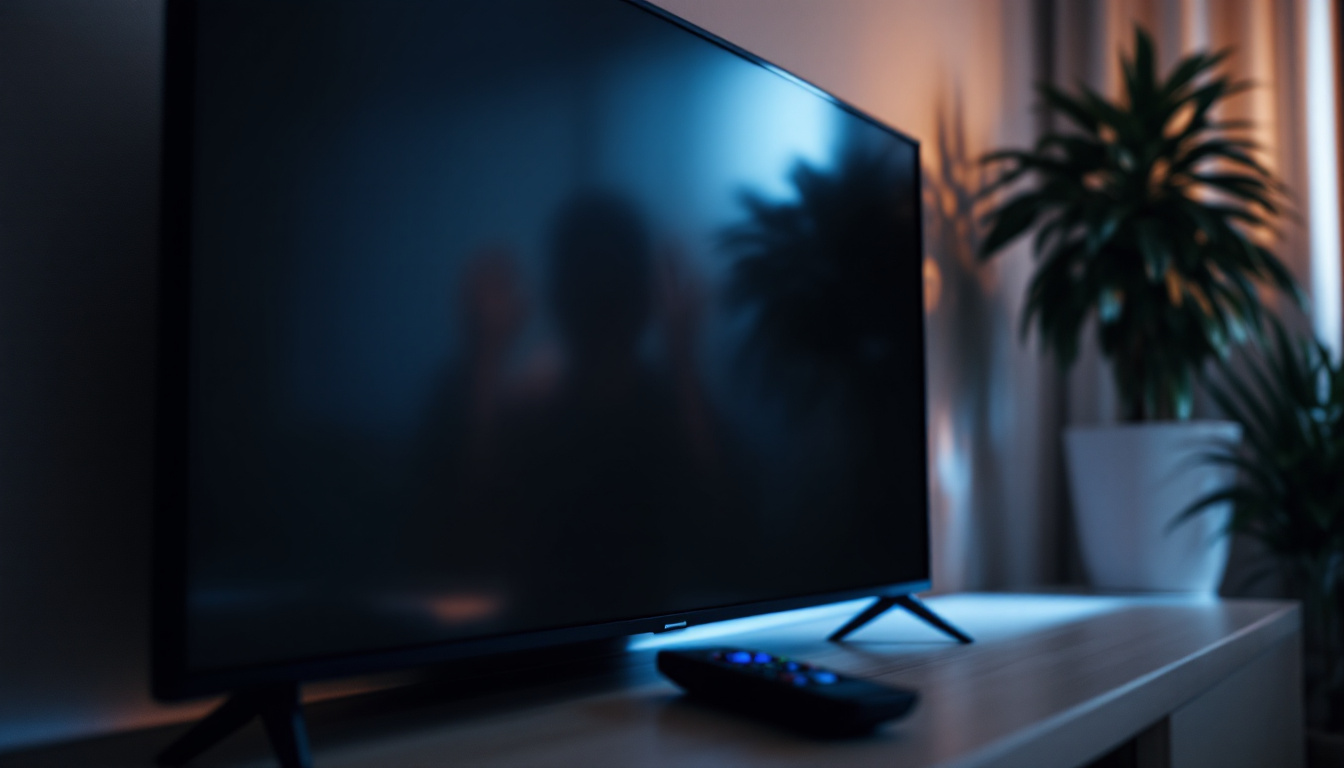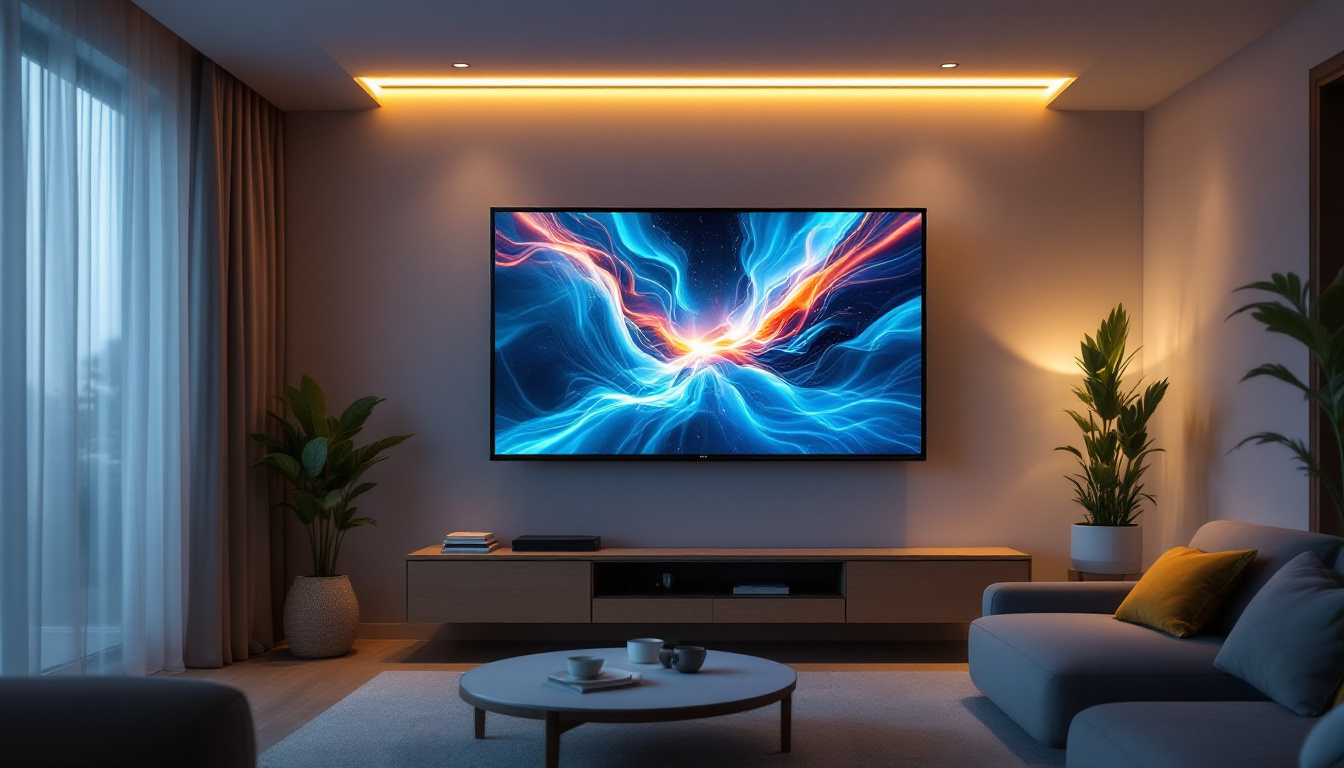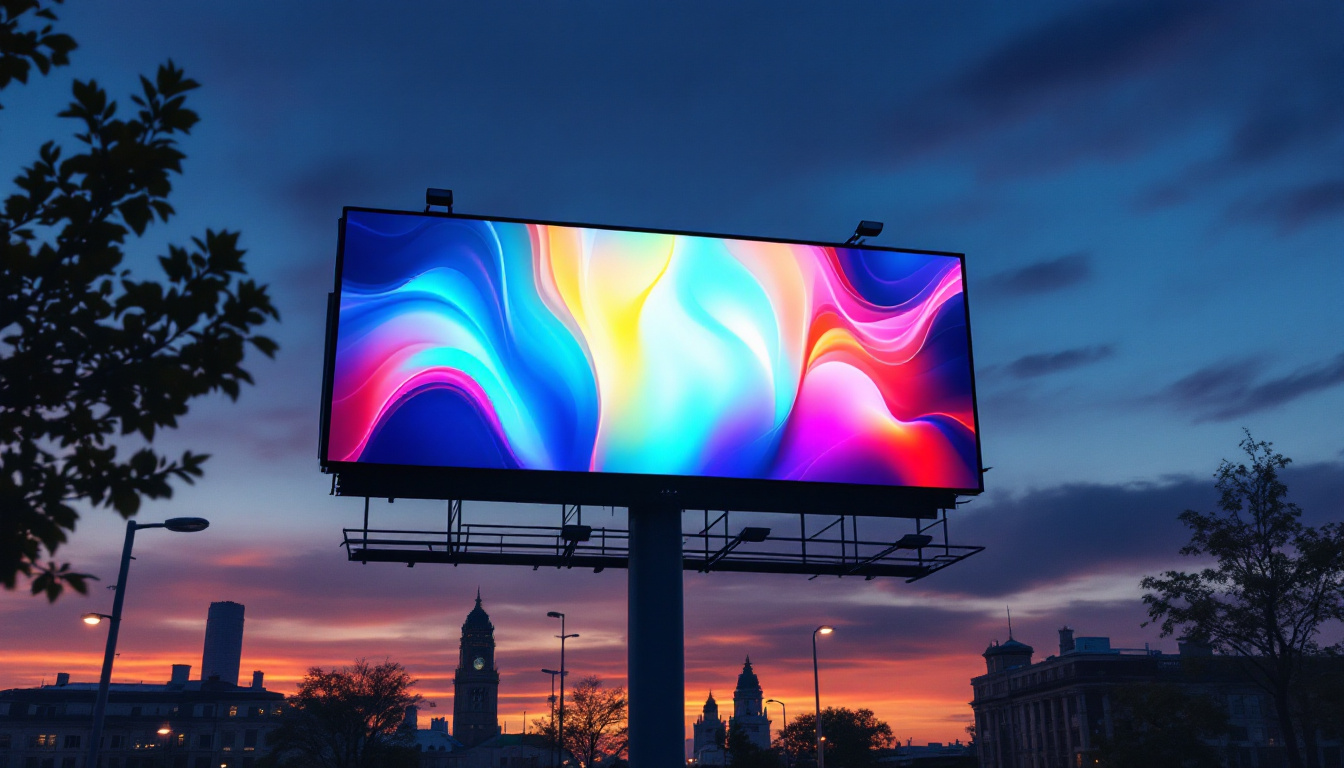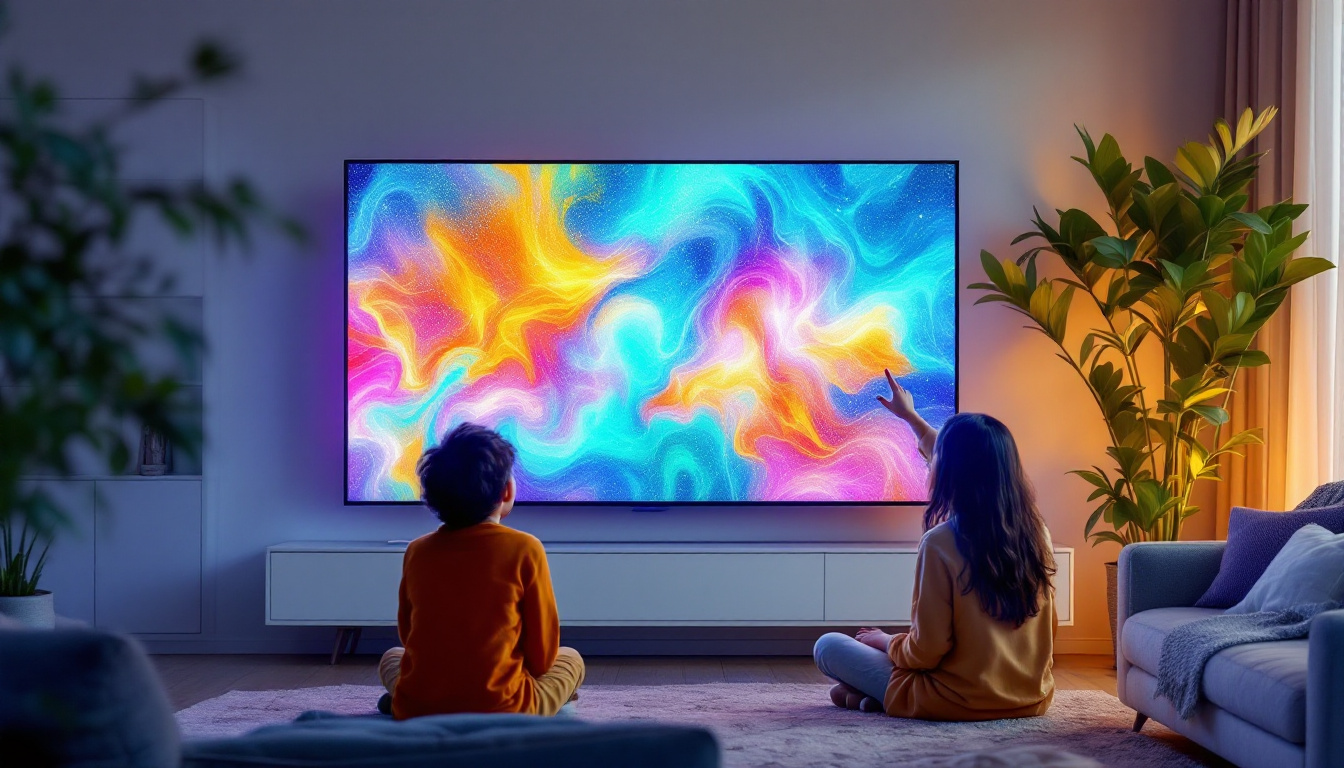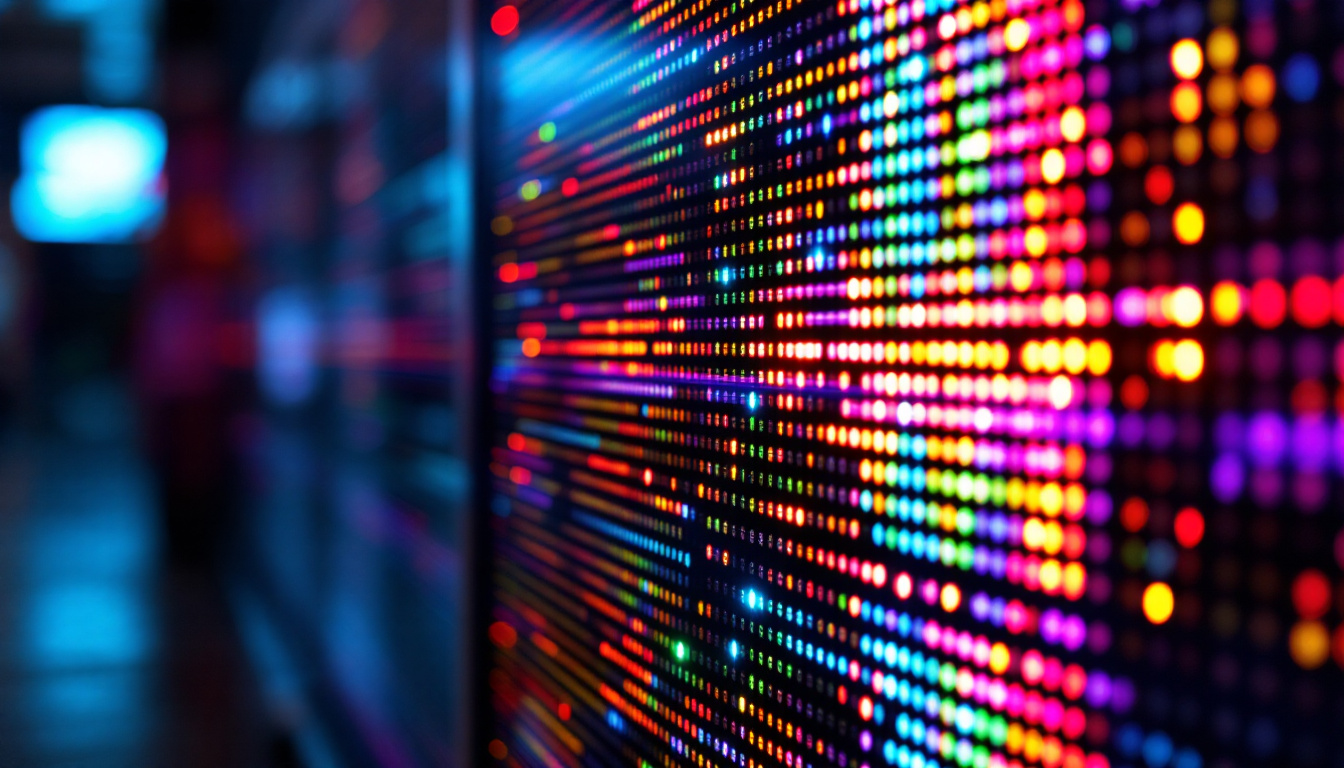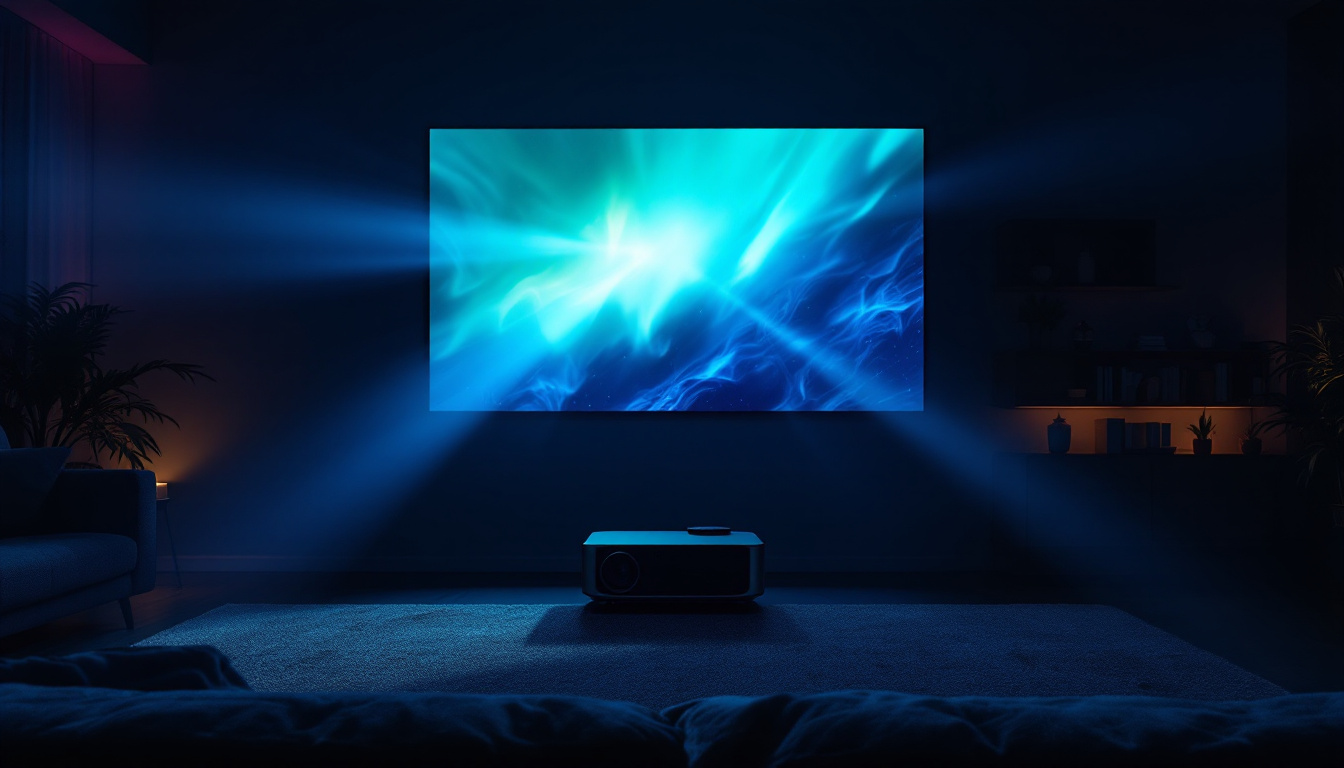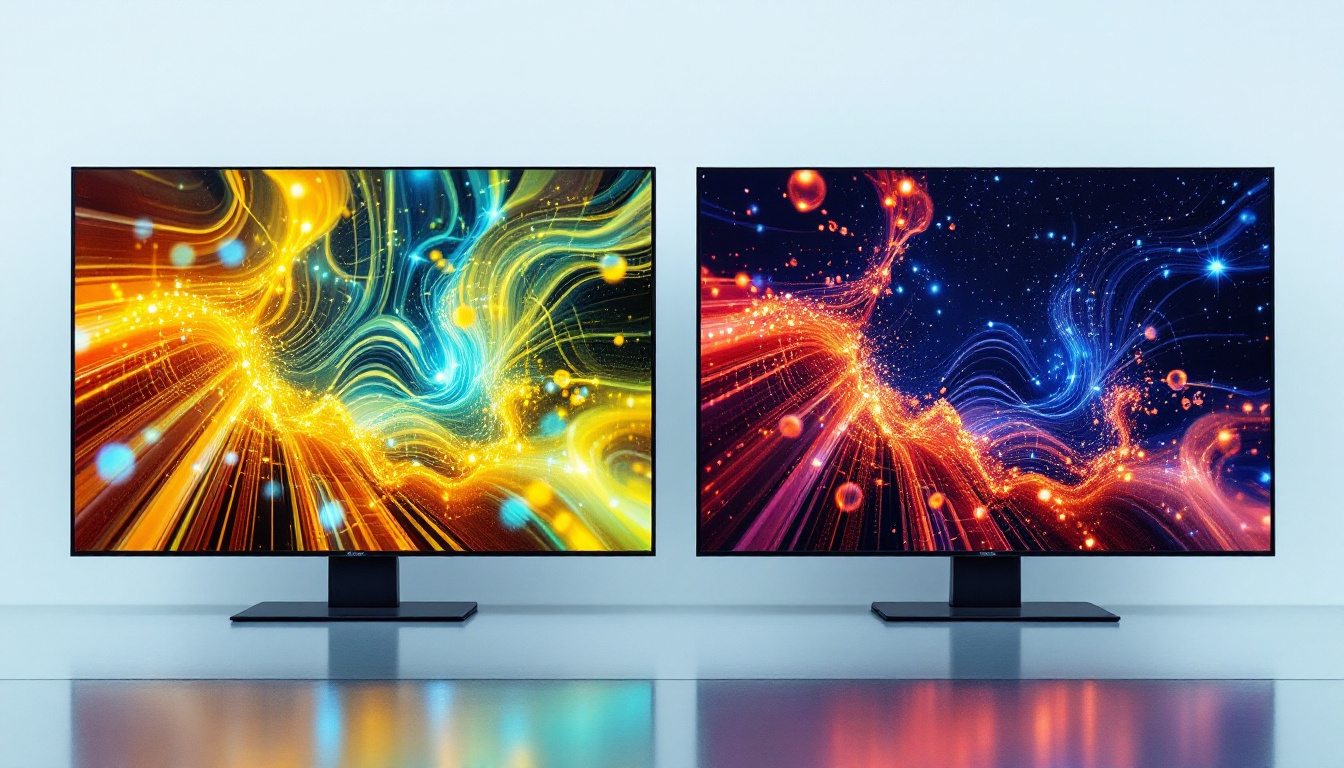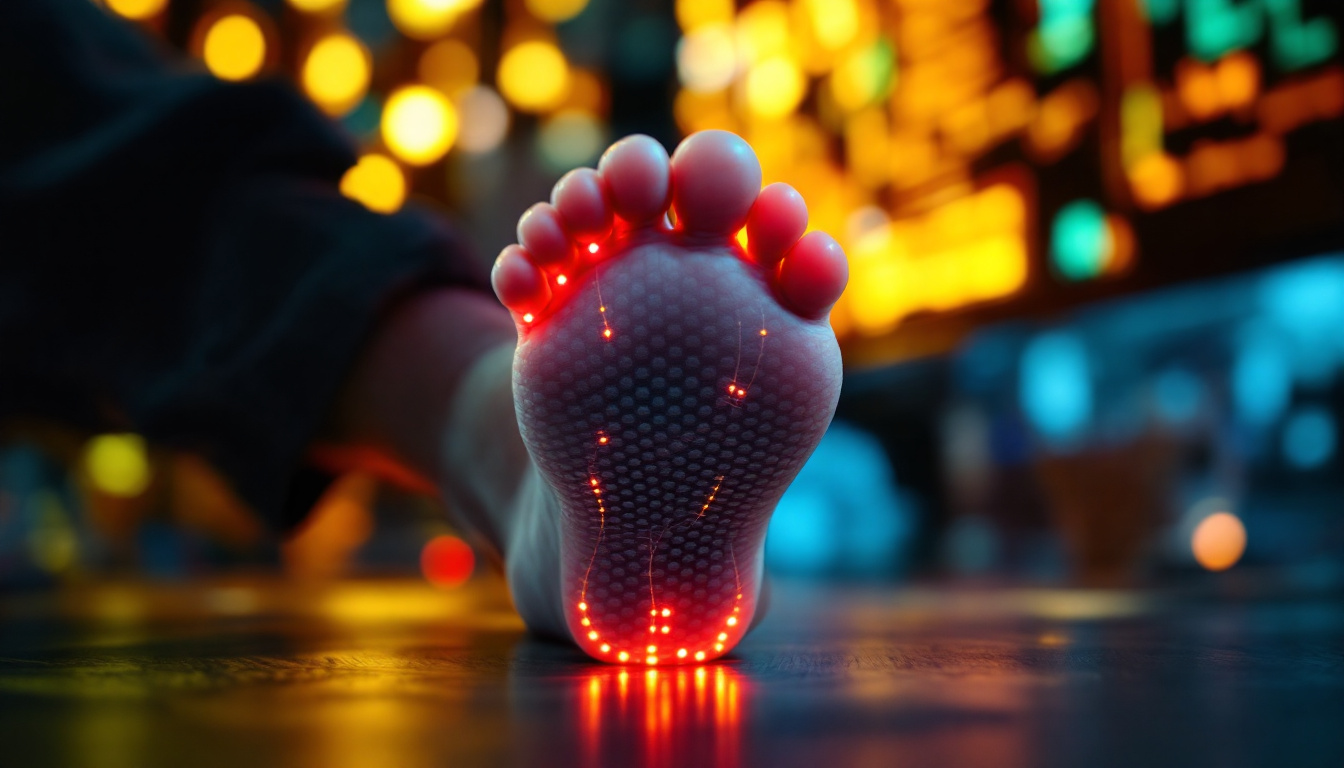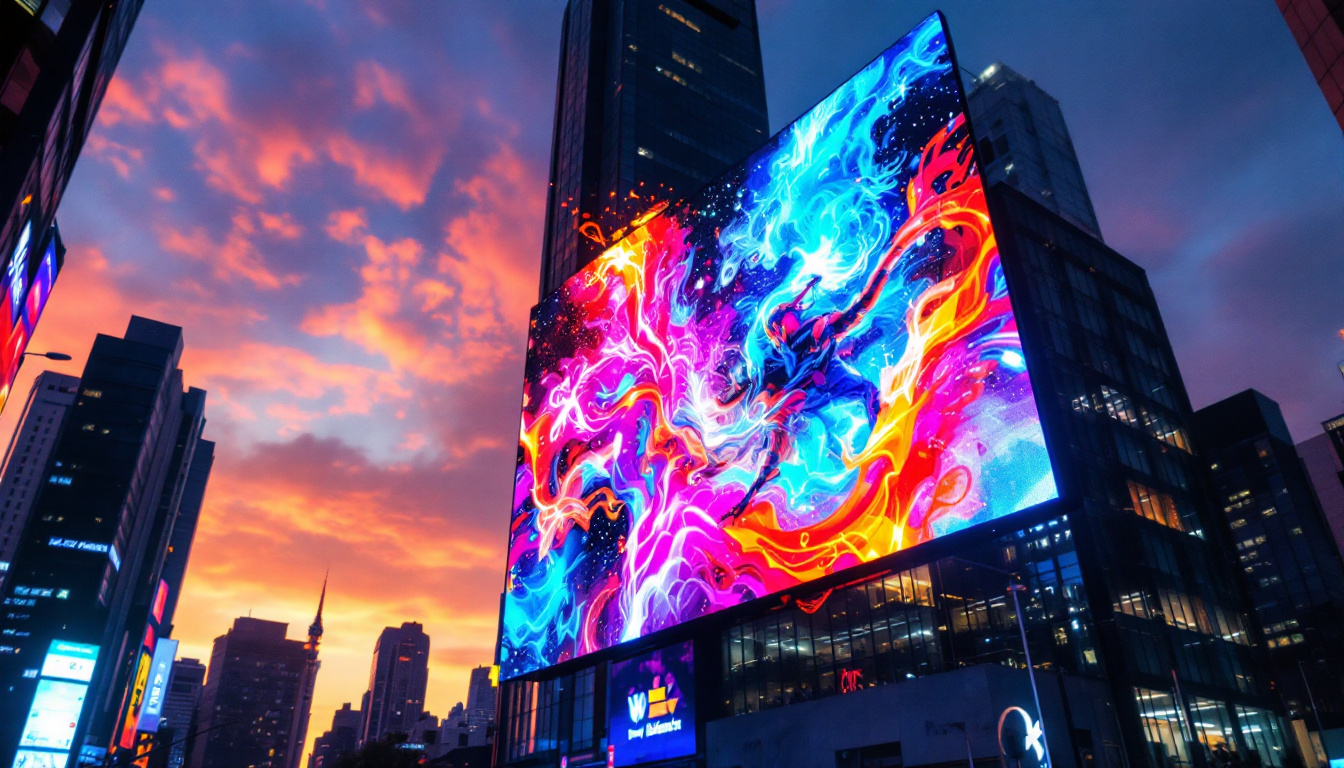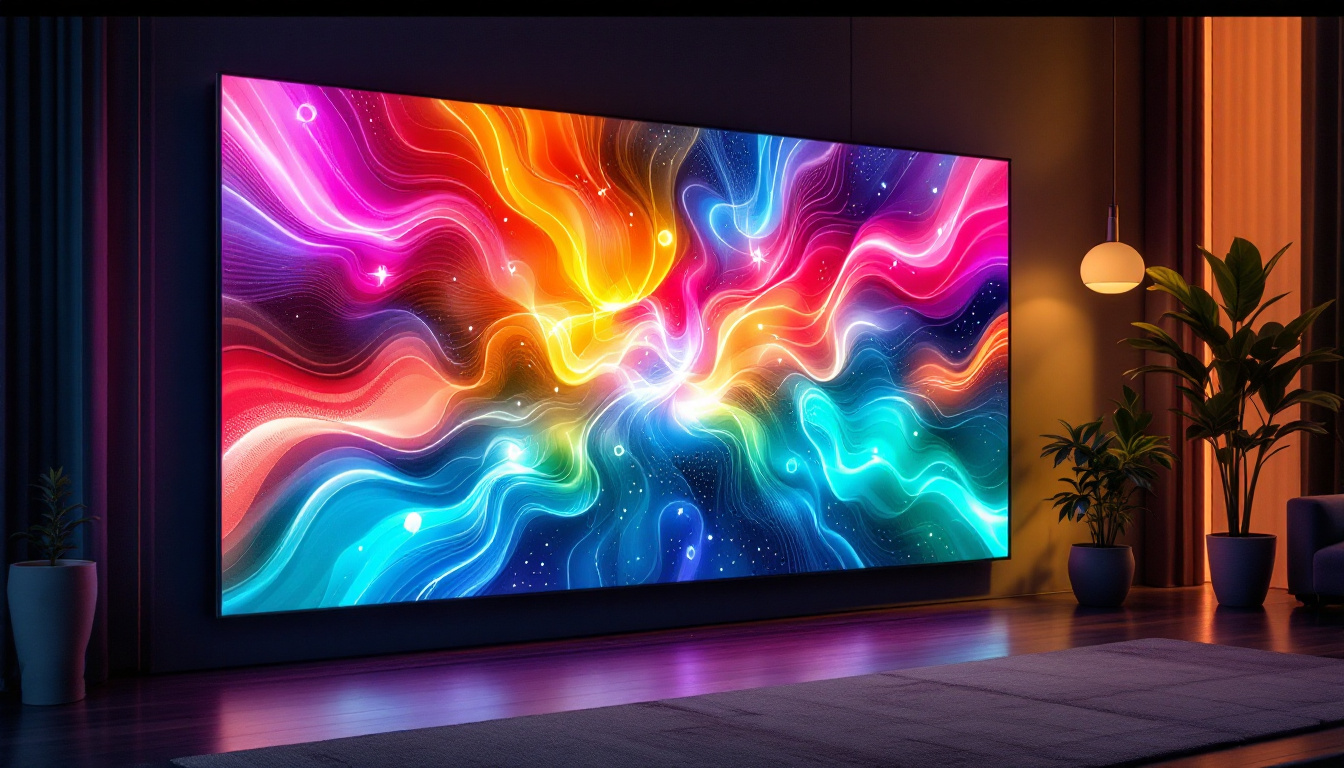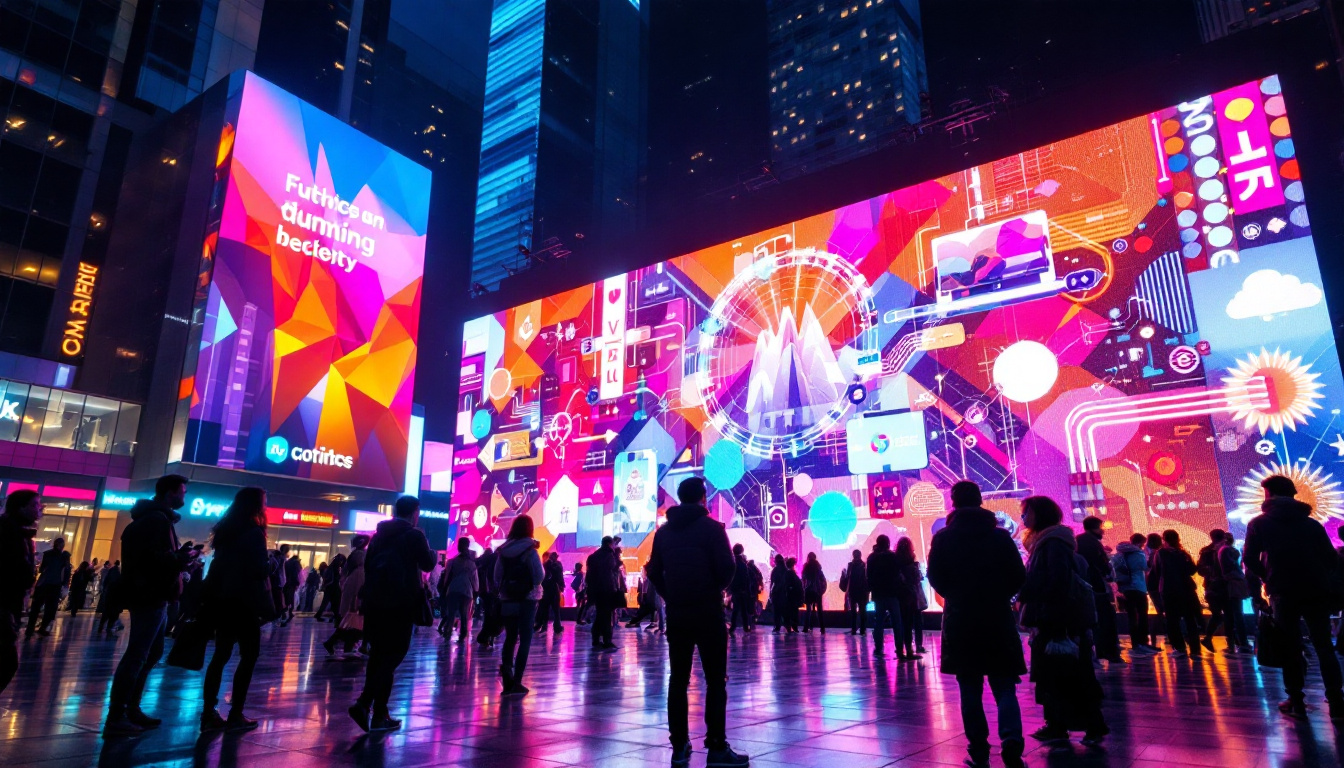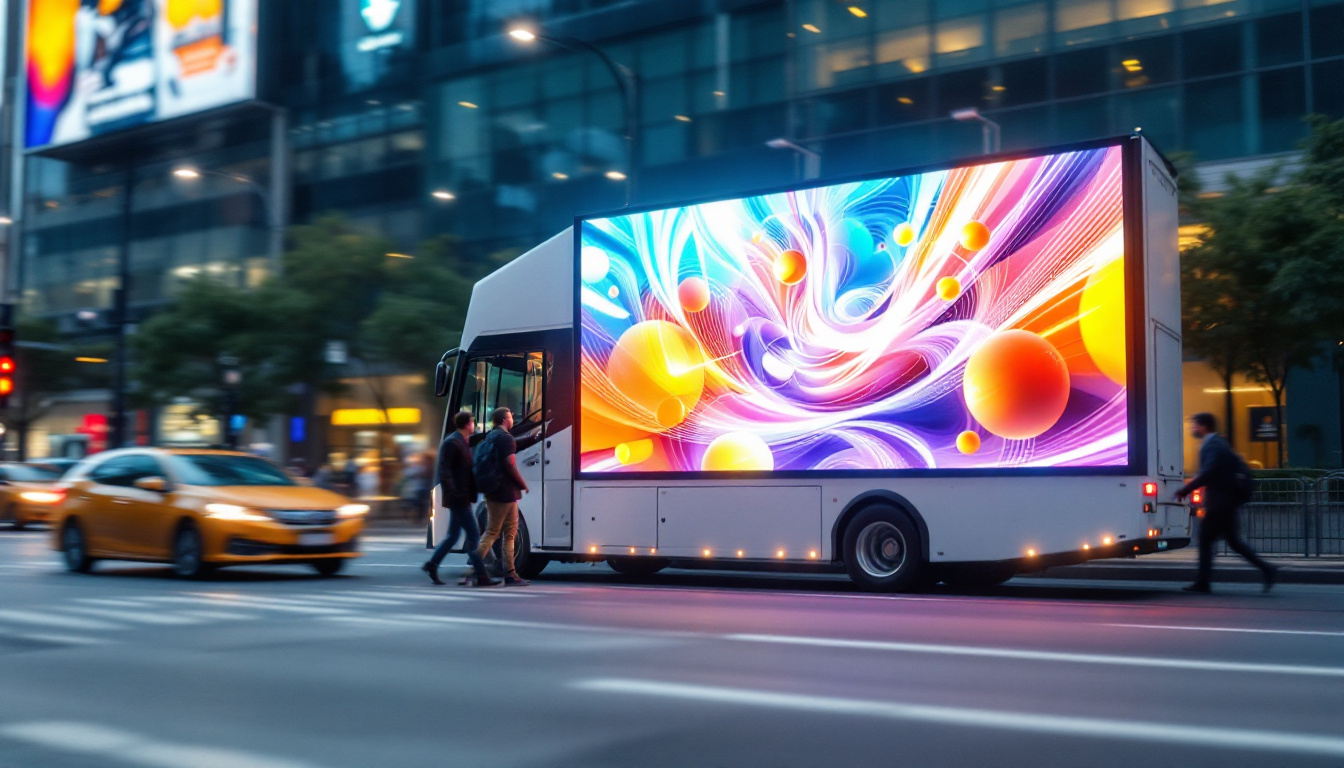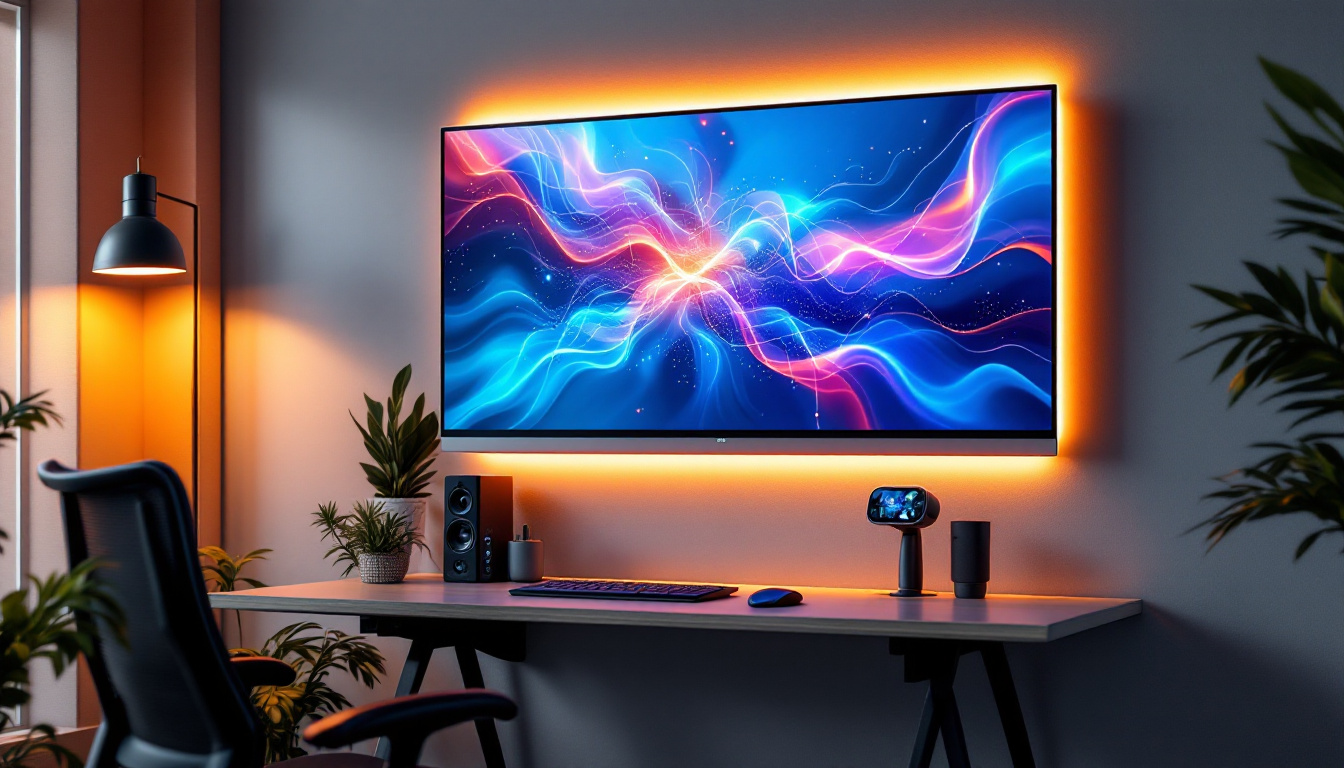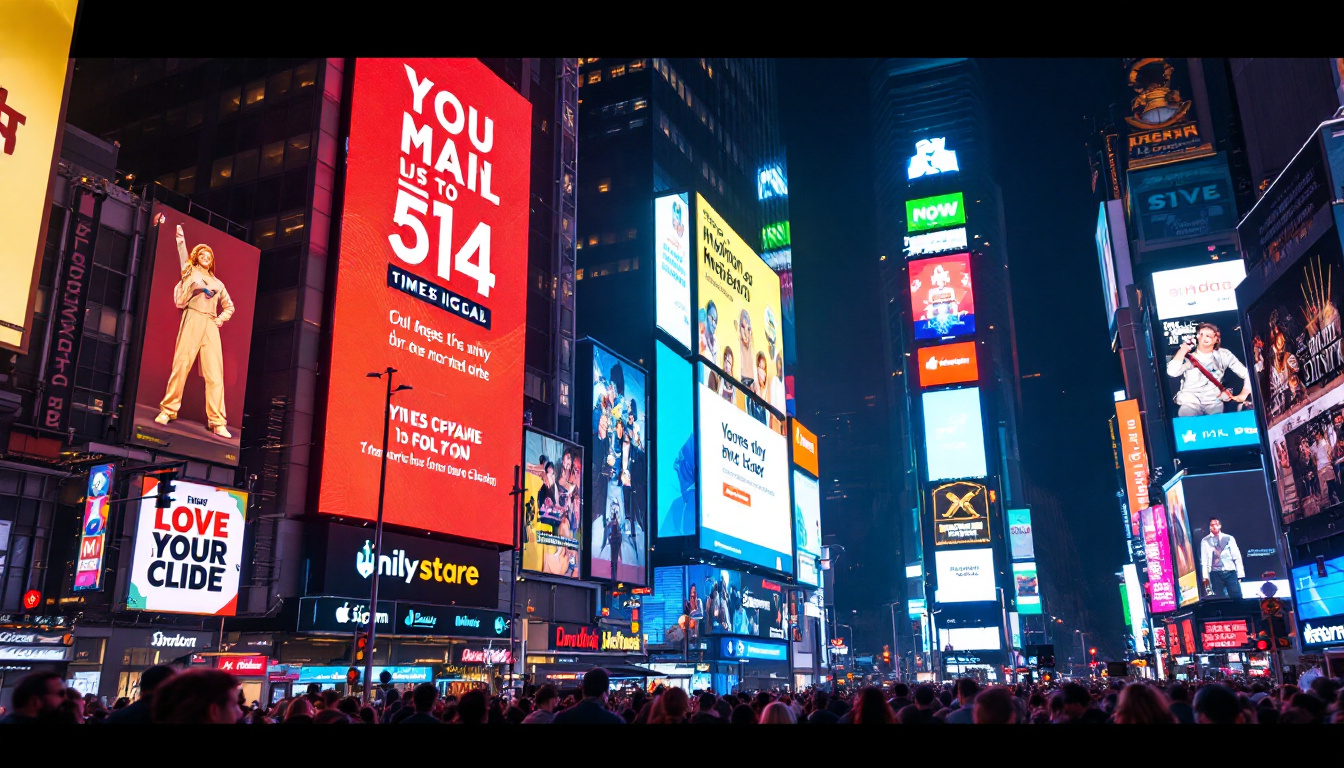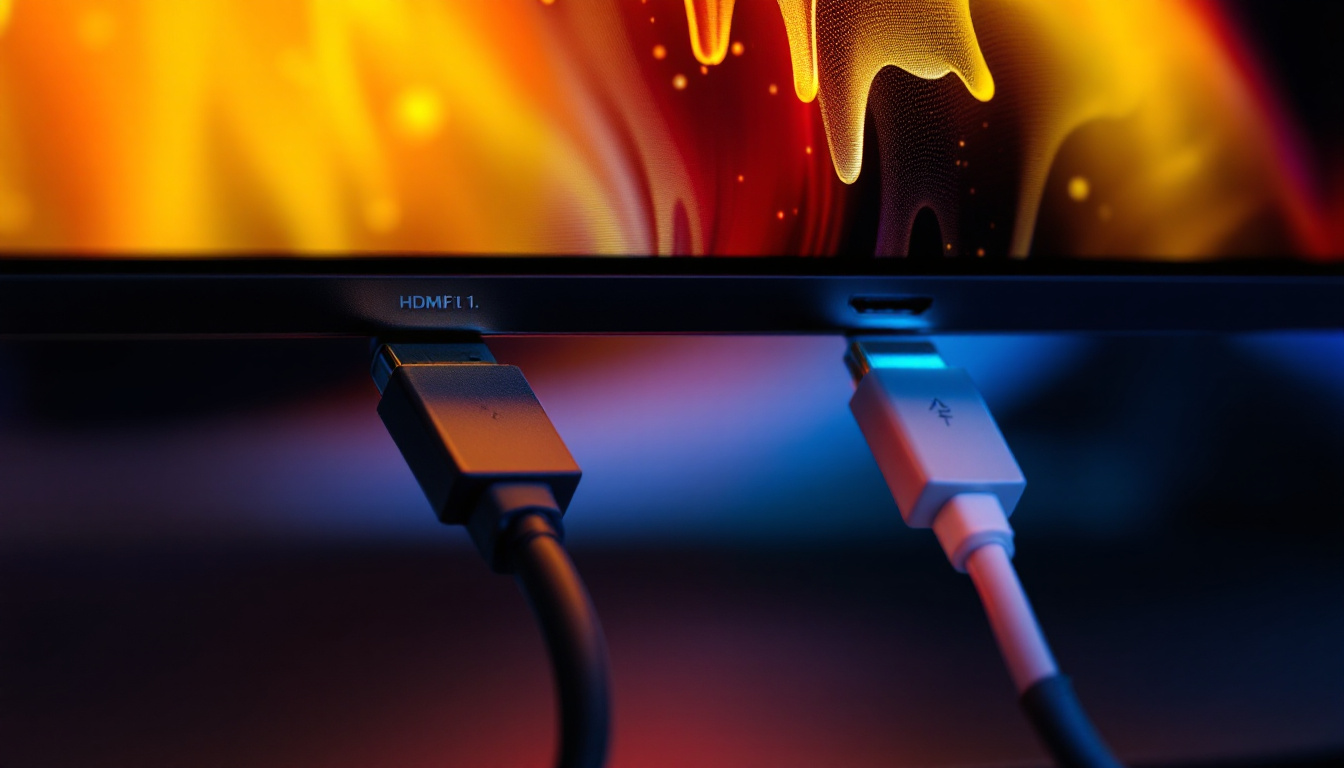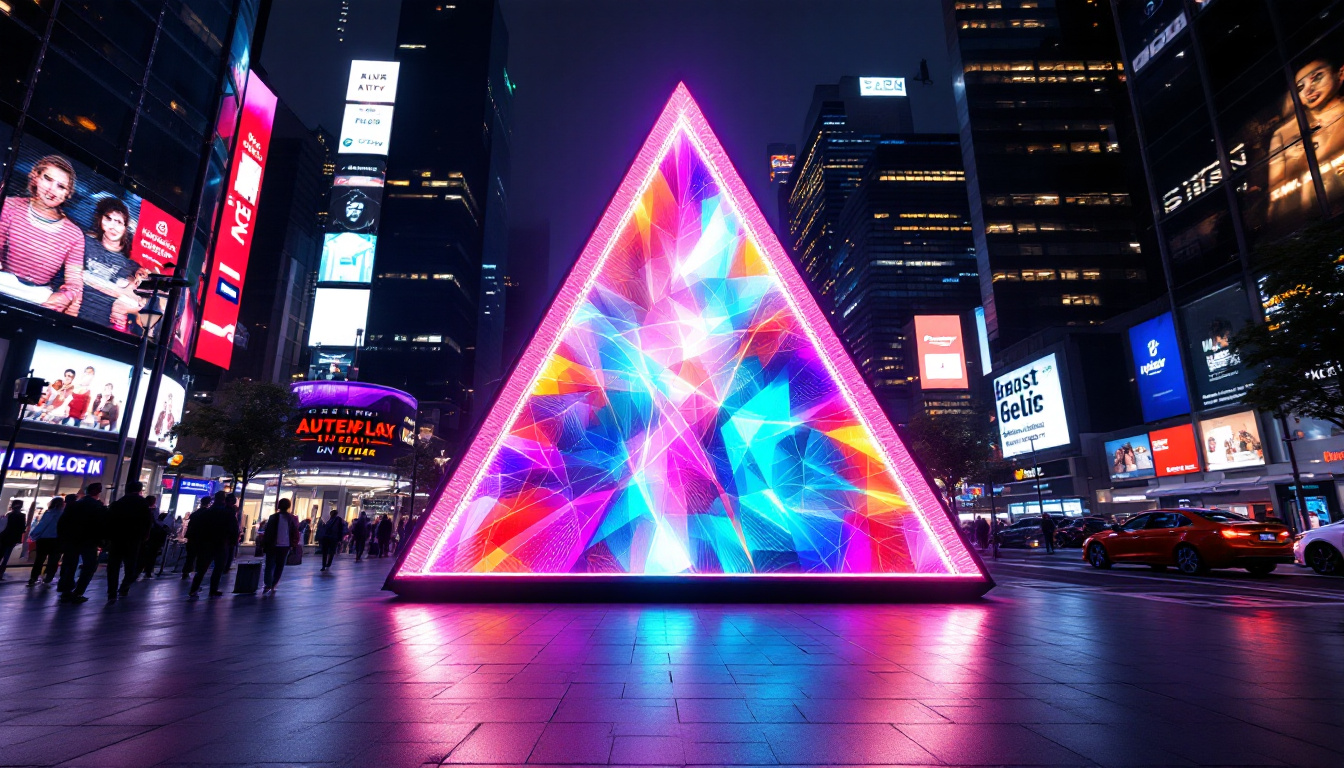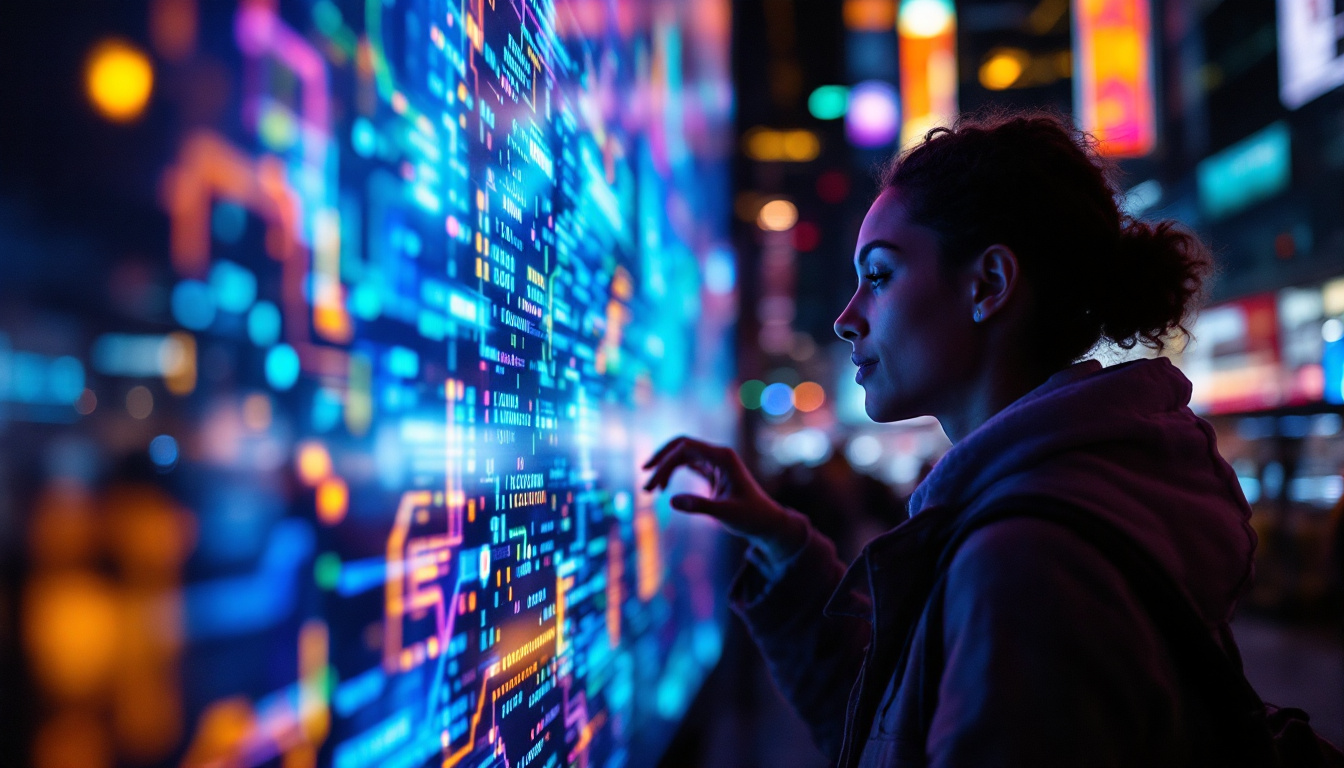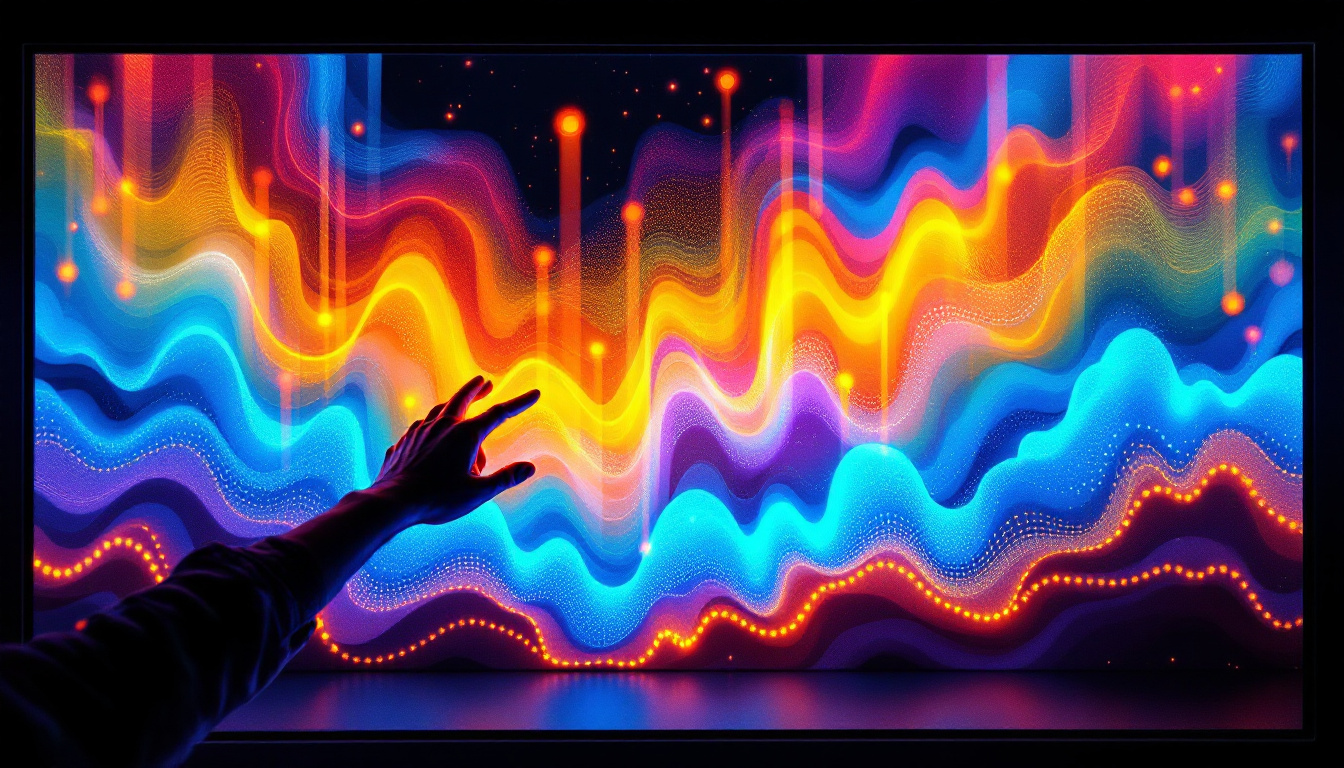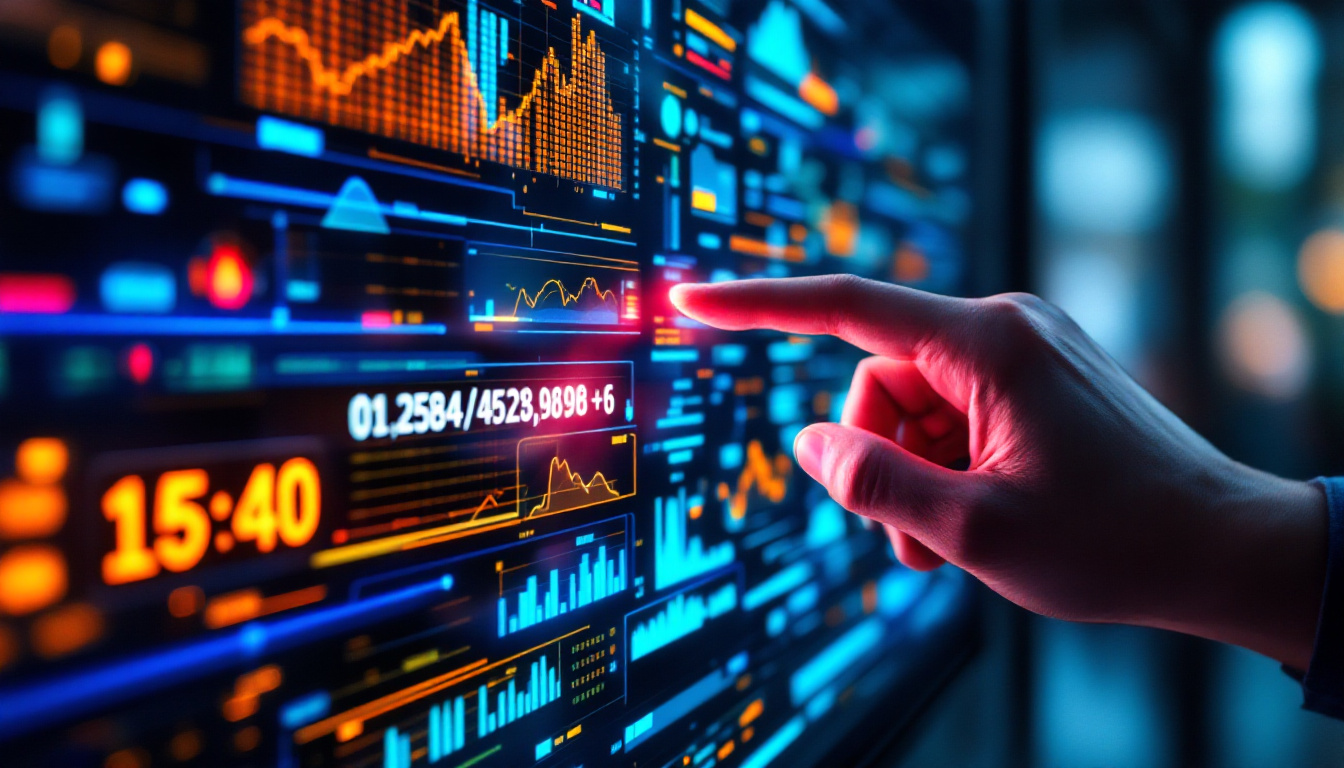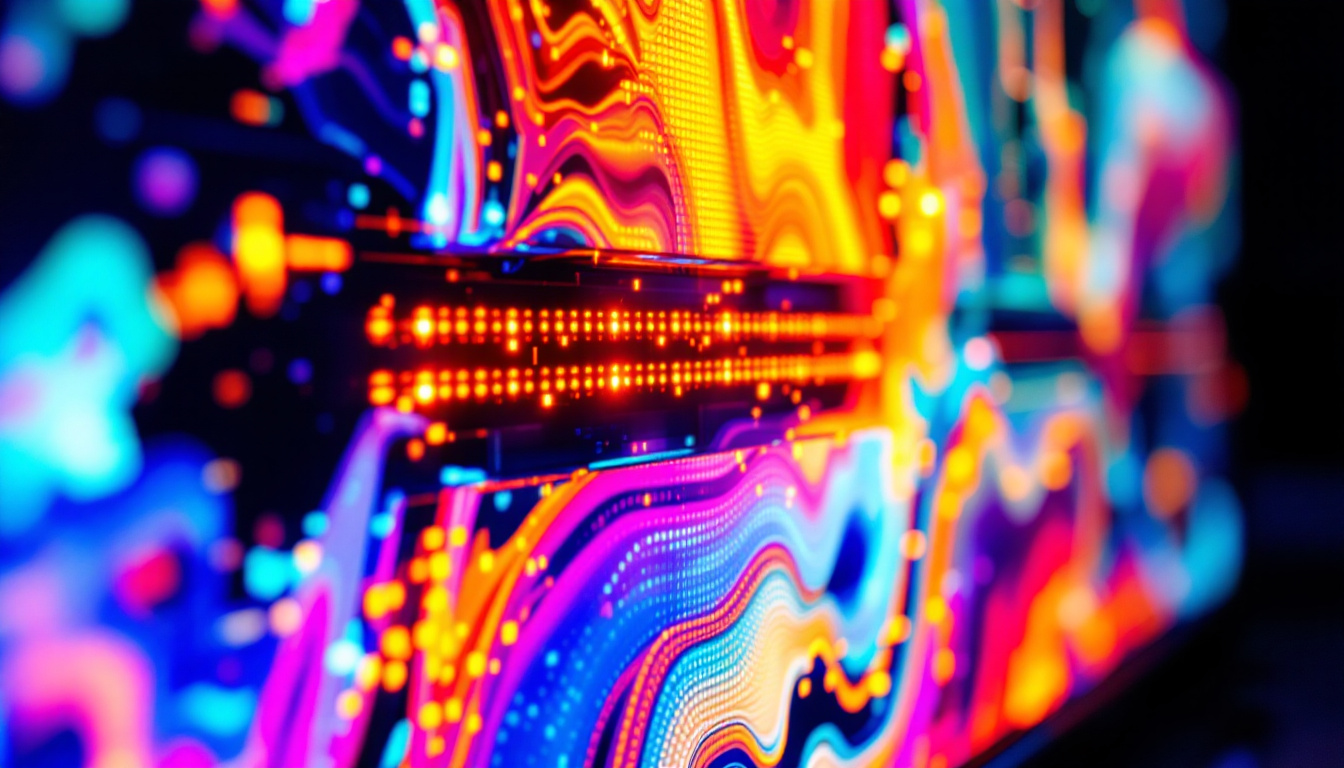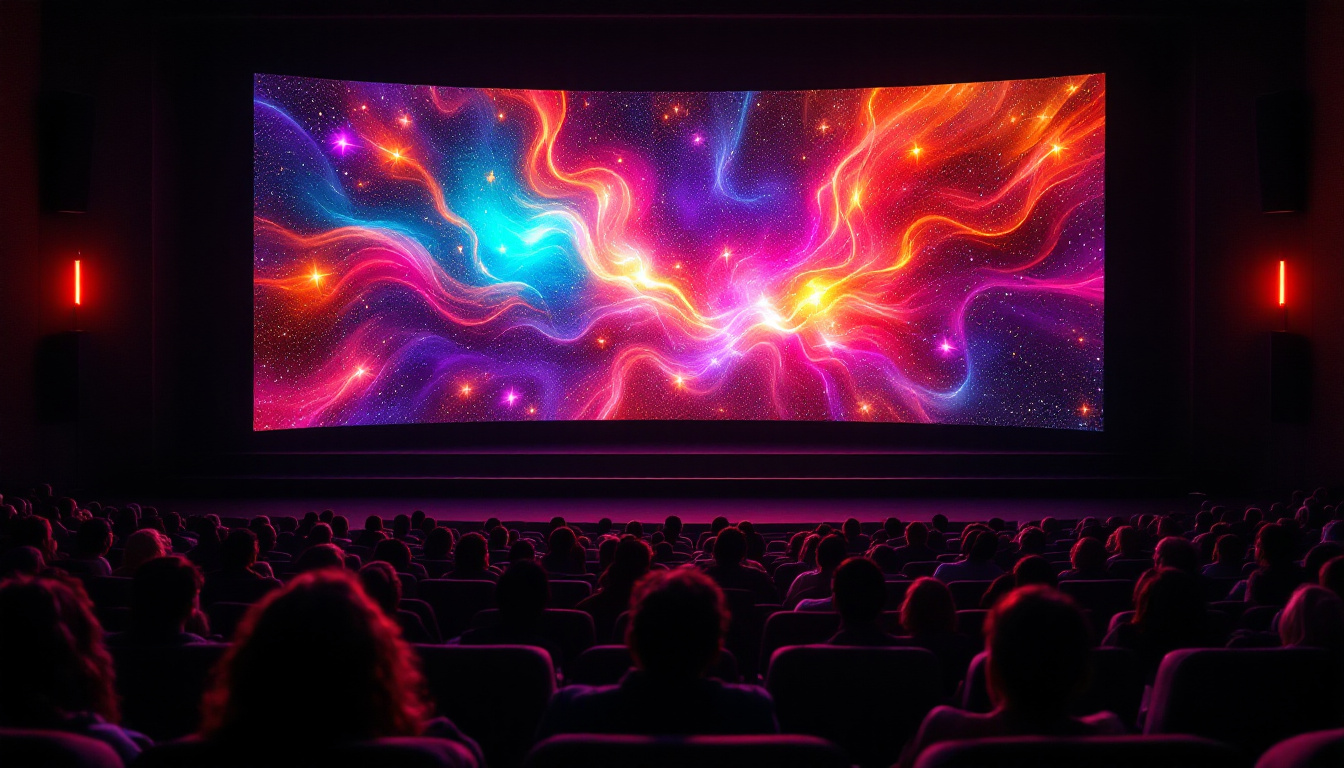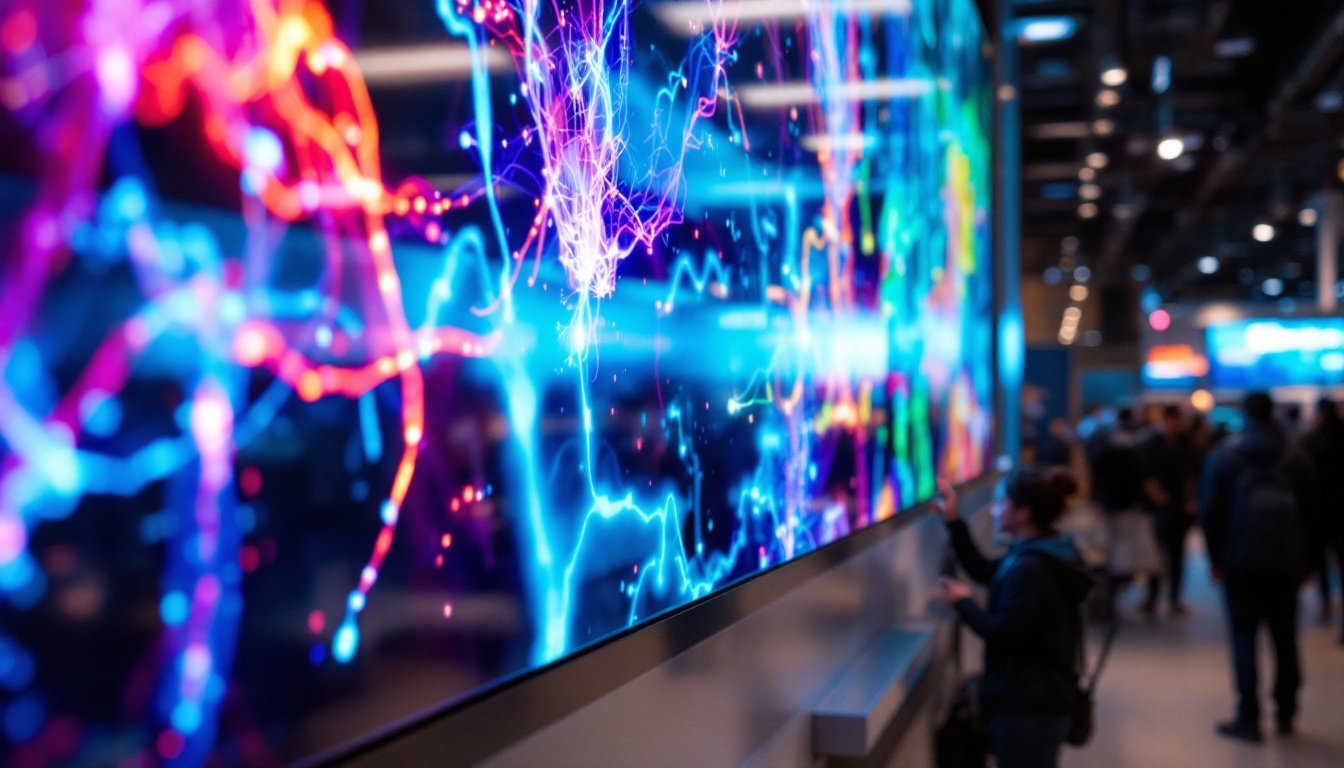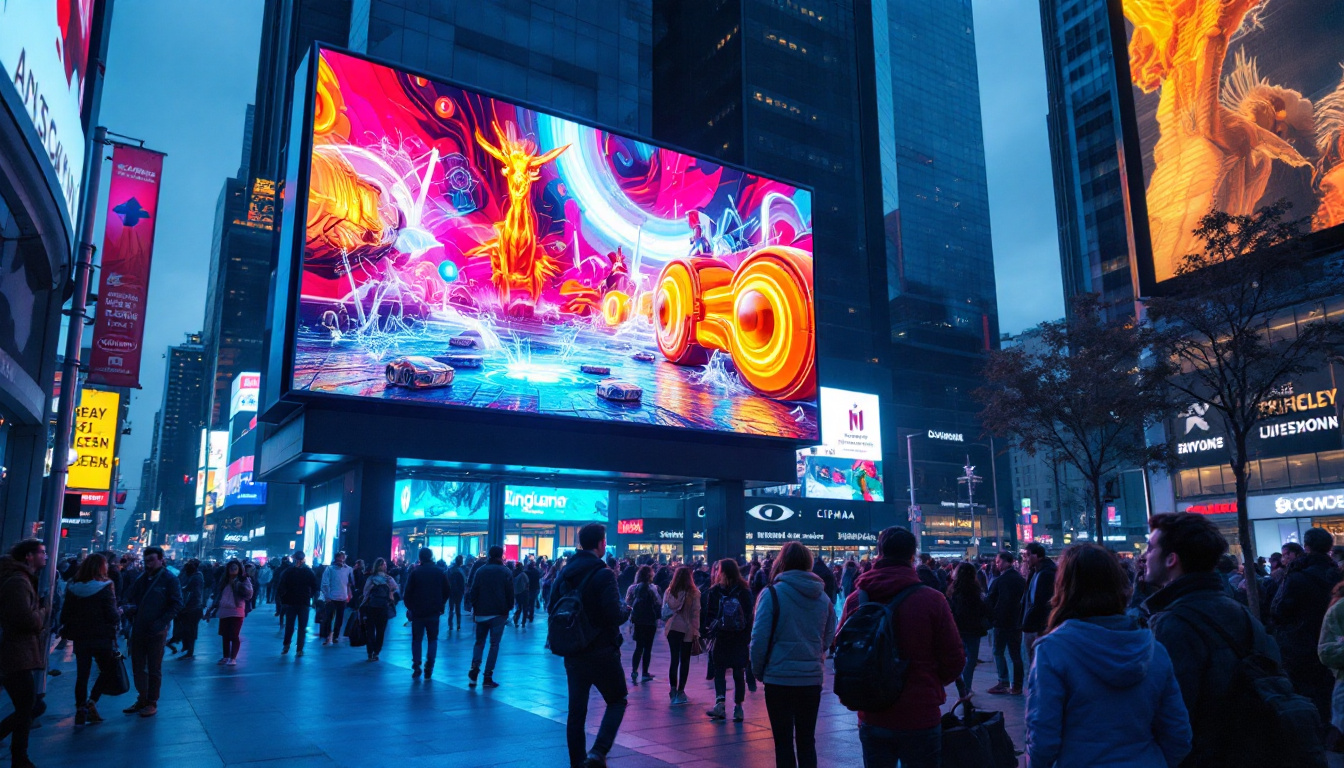New York Billboard: LED Display Explained
In the bustling metropolis of New York City, the skyline is not just defined by its towering skyscrapers but also by its vibrant and dynamic advertising displays. Among these, LED billboards have emerged as a dominant force in the advertising landscape. This article delves into the intricacies of LED displays, exploring their technology, benefits, and the unique role they play in the heart of New York.
Understanding LED Technology
Light Emitting Diodes (LEDs) are semiconductor devices that emit light when an electric current passes through them. This technology has revolutionized the way visual information is presented, particularly in advertising. Unlike traditional billboards that rely on static images, LED displays can showcase a multitude of dynamic content, making them more engaging and effective. The versatility of LED technology extends beyond mere visuals; it also allows for energy-efficient lighting solutions that have become increasingly popular in residential and commercial spaces alike.
How LED Displays Work
At the core of an LED display are thousands of tiny LED bulbs, which are arranged in a grid. Each bulb can emit different colors, allowing for a full spectrum of hues. These bulbs are controlled by a computer system that can change the content displayed in real time. This capability enables advertisers to run multiple campaigns, update messages instantly, and even tailor content based on the time of day or audience demographics. The integration of sensors can further enhance this adaptability, allowing displays to adjust brightness according to ambient light conditions, ensuring optimal visibility at all times.
The technology behind LED displays also includes advanced pixel pitch, which refers to the distance between the centers of two adjacent pixels. A smaller pixel pitch results in higher resolution and clearer images, making it ideal for close viewing distances, such as those found in urban environments. This precision in pixel arrangement not only enhances the visual experience but also contributes to the longevity of the display, as the heat generated by the LEDs is efficiently dissipated, reducing wear and tear over time.
Types of LED Displays
LED displays come in various forms, each suited for different advertising needs. The most common types include:
- Full-color LED displays: These are capable of displaying a wide range of colors and are often used for dynamic advertisements.
- Monochrome displays: Typically used for simpler messages, these displays show content in a single color, often red or green.
- Video walls: Composed of multiple LED panels, video walls can create large, immersive displays that capture attention from afar.
Each type of LED display serves a unique purpose and can be strategically placed to maximize visibility and impact. For instance, full-color displays are frequently used in high-traffic areas like shopping malls and stadiums, where capturing the attention of passersby is crucial. In contrast, monochrome displays are often utilized in more controlled environments, such as transportation hubs, where clear, concise messaging is key. Additionally, the rise of flexible LED screens has opened up new possibilities for creative advertising, allowing brands to design custom shapes and sizes that fit unconventional spaces, further enhancing their visual storytelling.
The Benefits of LED Billboards
LED billboards offer numerous advantages over traditional advertising methods. Their ability to capture attention and convey messages effectively makes them a preferred choice for advertisers in New York City.
Enhanced Visibility
One of the most significant benefits of LED displays is their brightness. They are designed to be visible even in direct sunlight, ensuring that advertisements can be seen at any time of day. This high visibility increases the chances of reaching a larger audience, which is crucial in a city as busy as New York.
Moreover, the vivid colors and sharp images produced by LED technology create a striking visual impact that can draw in passersby from a distance. This is particularly important in urban environments where competition for attention is fierce. The ability to display high-resolution graphics and video content further enhances the effectiveness of the message, making it more memorable and engaging for viewers.
Dynamic Content Capabilities
Unlike static billboards, LED displays can change content frequently and easily. This allows advertisers to run multiple campaigns throughout the day, adapting messages to suit different audiences or events. For instance, an LED billboard could promote a morning coffee special, switch to a lunchtime offer, and later advertise an evening event—all within the same day.
This flexibility not only maximizes the use of the advertising space but also keeps the content fresh and engaging for viewers. Additionally, advertisers can leverage real-time data to tailor their messages based on weather conditions, traffic patterns, or even trending topics. For example, a billboard could display a special discount on umbrellas during a rainy day, making the advertisement not only timely but also relevant to the audience’s immediate needs.
Cost-Effectiveness
While the initial investment in LED technology may be higher than traditional billboards, the long-term savings can be significant. LED displays consume less power compared to older lighting technologies, leading to lower energy bills. Additionally, the ability to change content without needing to print new materials reduces ongoing costs.
Furthermore, the durability of LED technology means that maintenance costs are often lower than those associated with traditional billboards. LED displays are built to withstand various weather conditions, reducing the frequency of repairs and replacements. This longevity not only contributes to a lower total cost of ownership but also allows advertisers to maximize their return on investment over time. As more businesses recognize these benefits, the trend towards LED advertising continues to grow, reshaping the landscape of outdoor marketing in urban areas.
Regulatory Considerations in New York
Operating LED billboards in New York City comes with its own set of regulatory challenges. The city has specific guidelines governing the placement and operation of digital displays to ensure they do not contribute to visual clutter or distract drivers.
Permitting and Zoning Laws
Before an LED billboard can be installed, advertisers must navigate a complex web of permitting and zoning laws. These regulations dictate where billboards can be placed, the size of the displays, and the types of content that can be shown. Compliance with these laws is crucial, as violations can result in fines or the removal of the display.
Content Restrictions
In addition to placement regulations, there are also restrictions on the content that can be displayed. For instance, certain types of advertisements, such as those promoting tobacco or alcohol, may be subject to additional scrutiny. Furthermore, content that could be deemed offensive or misleading is prohibited.
Advertisers must be vigilant in ensuring that their content adheres to these regulations, as non-compliance can have serious repercussions.
The Role of LED Billboards in Urban Advertising
In a city that never sleeps, the competition for consumer attention is fierce. LED billboards play a pivotal role in urban advertising, providing brands with a platform to reach potential customers in a visually striking manner.
Brand Engagement
LED displays are not just about visibility; they are also about engagement. The dynamic nature of these billboards allows brands to tell stories, showcase products, and create emotional connections with their audience. By utilizing eye-catching visuals and innovative content, brands can foster a deeper relationship with consumers.
Event Promotion
New York City is known for its vibrant events, from concerts to art exhibitions. LED billboards serve as a powerful tool for promoting these events, providing real-time updates and generating buzz. The ability to display high-quality video content allows event organizers to create excitement and anticipation, ultimately driving ticket sales and attendance.
Future Trends in LED Advertising
The landscape of advertising is continually evolving, and LED displays are at the forefront of this change. As technology advances, new trends are emerging that will shape the future of LED advertising in New York City.
Integration with Smart Technology
As cities become smarter, the integration of LED displays with smart technology is becoming more prevalent. This includes the use of sensors and data analytics to tailor content based on real-time audience metrics. For instance, an LED billboard could adjust its messaging based on the demographics of the people nearby, ensuring that the content is relevant and engaging.
Environmental Considerations
With growing concerns about sustainability, the advertising industry is increasingly focusing on eco-friendly practices. LED technology is already more energy-efficient than traditional lighting, but future innovations may include solar-powered displays or materials that reduce environmental impact. Advertisers are likely to embrace these advancements as consumers become more environmentally conscious.
Augmented Reality Experiences
Augmented reality (AR) is another exciting trend that could redefine how LED displays are used in advertising. By incorporating AR elements, brands can create interactive experiences that engage consumers in new ways. Imagine walking by an LED billboard that allows you to interact with the content through your smartphone, enhancing the overall experience and creating memorable brand interactions.
Challenges Facing LED Advertising
Despite the numerous advantages, the LED advertising industry faces several challenges that must be addressed to ensure its continued growth and effectiveness.
Technological Limitations
While LED technology has advanced significantly, there are still limitations to consider. Issues such as pixelation at close viewing distances or difficulties in displaying certain colors can impact the overall quality of the advertisement. Continuous innovation and investment in technology will be essential to overcome these challenges.
Public Perception and Acceptance
As LED displays become more prevalent, public perception plays a crucial role in their acceptance. Concerns about light pollution and visual clutter can lead to resistance from community members. Advertisers must be mindful of these concerns and work towards solutions that balance effective advertising with community aesthetics.
Conclusion
LED billboards have transformed the advertising landscape in New York City, offering dynamic, engaging, and cost-effective solutions for brands looking to capture consumer attention. As technology continues to evolve, so too will the possibilities for LED displays, paving the way for innovative advertising strategies that resonate with audiences.
While challenges remain, the benefits of LED advertising are undeniable. By understanding the technology, regulations, and trends shaping this industry, advertisers can harness the full potential of LED displays to create impactful campaigns that stand out in the vibrant tapestry of New York City.
As the city continues to grow and change, LED billboards will undoubtedly remain a central feature of its advertising landscape, illuminating the streets with creativity and innovation.
Illuminate Your Brand with LumenMatrix
Ready to elevate your advertising to new heights in the bustling heart of New York City? LumenMatrix is at the forefront of LED display innovation, offering a diverse range of solutions tailored to bring your brand’s message to life. From the immersive Indoor LED Wall Display to the dynamic Outdoor LED Wall Display, and from the mobile flexibility of Vehicle LED Displays to the interactive allure of Floor LED Displays, our technology is designed to captivate and engage. Embrace the future of visual communication with our Custom, All-in-One, and Transparent LED Displays, and watch as your brand becomes a beacon of creativity and innovation. Check out LumenMatrix LED Display Solutions today and transform the way your business connects with audiences.

